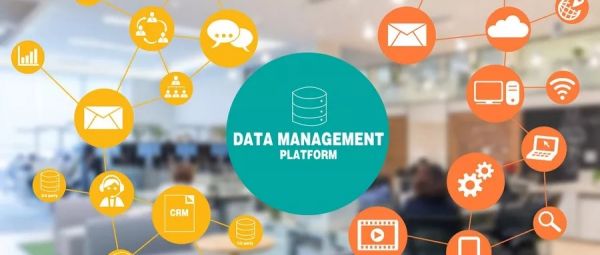Five tips for cloud data integration
Data driven digital transformation represents a huge transformation of enterprise business model. By using the power of data, they become more flexible and competitive. In various industries, industry leading enterprises will use data to seize the market share of competitors, respond faster to trends and needs, provide better services, and find efficiency to reduce costs.
This is a serious problem for enterprises that do not use data in the right way or do not use data at all. These organizations need to realize that the threshold has been raised and they need to start their transformation journey as soon as possible.
Transferring workloads to the cloud is a critical part of enterprise transformation, but it has proved to be a major obstacle for many companies. To avoid some pitfalls and ensure the best results, here are some best practices for enterprises to ensure a seamless transition to the cloud:

Know your data
Most of the major data integration errors can be traced back to the understanding of data failure cases in the source system and target system. Before an organization starts implementing a data integration strategy, it is critical to understand where the data is located. This enables enterprises to eliminate inefficient or bad practices in data management that are putting enterprises in trouble. More importantly, it will help enterprises realize value faster, minimize back-end management, and free up time to focus on cultivating customers.
Metadata driven data management policies can also help ensure seamless data migration between platforms. These policies record the background of data creation in detail, which means that IT professionals can analyze their data in more detail to realize its full practicability and value. By using its metadata attributes to catalog data, organizations can better utilize data to perform various important business activities, such as data access, data exploration, query, virtualization, analysis, governance, and planning.
More importantly, this has laid a good foundation for the use of emerging technologies such as machine learning. Metadata cataloging should be implemented at the beginning of any data integration plan, because it is risky and destructive for the organization to transform it later.

Use data management solutions to manage the cloud
Enterprise applications involving cloud computing can be very complex, and data often flows between different cloud platforms and internally deployed data platforms. This requires a data management solution to manage a large amount of data on different platforms and ensure that this key business asset is well maintained to achieve optimal performance, security and compliance. Today, the strength of the business depends on the data that can be provided, so it is necessary to maintain good maintenance of all data sets.
Enterprises must also ensure that their data management infrastructure allows easy access for third-party suppliers, which is particularly important for enterprises with widely active supply chains, such as retail and manufacturing. This then allows suppliers to seamlessly access the necessary databases for optimal business operations, enabling enterprises to focus on protecting more customers.

Fully manage your data
In the era when privacy first GDPR regulations are fully implemented, data governance may be one of the biggest obstacles faced by enterprises. In the Internet Association survey, more than 50% of consumers in the Asia Pacific region said that they would not use online services if they did not guarantee the protection of personal data. Hong Kong station cluster server Enterprises need to realize that they do not have their own customer information and have the obligation to protect and manage the data entrusted to them by customers. The consequences of the data leakage incident from Facebook and Cambridge should serve as a warning that the enterprise only intends to collect customer data initially.
Data can be anywhere - on premises or in the cloud. Enterprise policies need to cover all platforms currently in use. Data compliance and governance should not be seen as trouble, but as a way to business success. Strong data governance can also help enterprises improve data standards and quality, so that enterprises can use data more effectively. For companies without a strong data governance strategy, the transition to cloud computing technology should be an opportunity to put the data governance strategy in place.

Prioritize data integration requirements
Today, many business applications and other operations require access to data for optimal performance. Therefore, during data migration to the cloud, IT and data management teams need to coordinate closely and ensure easy but secure access to data. In addition, cloud computing based applications may involve using different interfaces, protocols and data formats from common local enterprise systems, so enterprises need to ensure that their data integration toolsets meet all the different requirements in their IT infrastructure.
Let enterprise employees grow in the cloud
Employees and data are one of the most important assets of an enterprise. With the transition to cloud and mixed data environments, the demands on IT and data management teams will be very different from before. Therefore, enterprises need to ensure that their support teams are upgraded to keep abreast of new developments in data management.
Like any new technology, enterprises need to know how to best implement it and obtain the maximum return on investment with the fastest value. The last thing enterprises want is to waste their investment. With these best practices, enterprises will have more opportunities to make their investment have a transformative impact.



